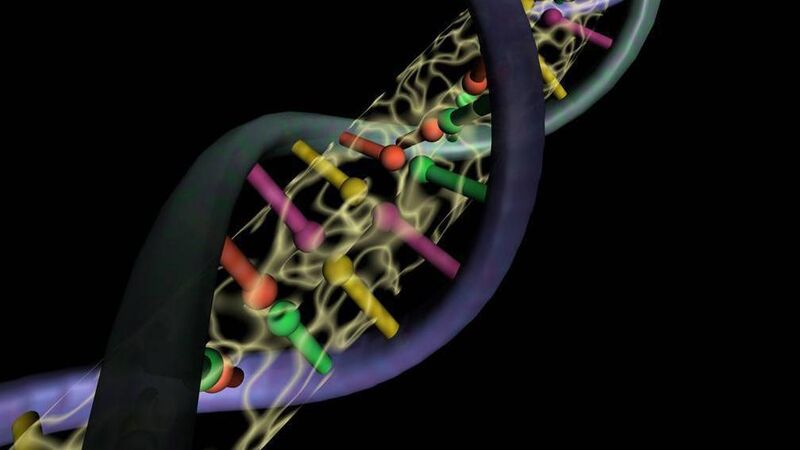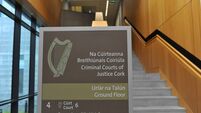DNA database 'one of the most important crime-fighting tools' as it snares 720 suspects

More than 700 people were linked to crimes through the DNA database in 2019. File Picture.
More than 700 people were linked to crimes through the DNA database in 2019, including 31 sexual assaults and 21 aggravated burglaries.
And, in the first phase of Ireland sharing DNA profiles with other European countries, 17 crimes in Ireland were linked to people on an Austrian database, while seven crimes in Austria were linked to people on the Irish database. Sexual assaults were among the crimes in both jurisdictions.
The Forensic Science Ireland Annual Report 2019 shows:
- 10,480 drugs and toxicology cases were submitted in 2019, up 17% on 2017
- 653 sexual assault cases, up 28%;
- 6,714 DNA cases, up 37%.
The report said that, in total, they received 18,746 cases in 2019, up 23% on 2017.
It said the growth reflected both crime trends and the increased capacity of forensic science in criminal investigations, particularly in DNA cases.
Of the cases FSI completed in 2019, there were 9,319 drugs cases (up 25%). This included 5,207 “complex” cases involving the supply of drugs, compared to 3,995 such cases in 2017.
It said the increase in output in drugs and DNA cases had helped reduce backlogs.
But it said demand increased in January to March 2020 (up 20% on the same period in 2019) and warned: “Further increases in staffing levels, as well as process innovations, will be necessary in order for FSI to eliminate backlogs and match our capacity to demand.”
Read More
It said the FSI participated in the re-investigation of 17 cold cases, managed by the Garda Serious Crime Review team in 2019.
It said DNA profiling was used in the solving of eight missing person cases in 2019 in collaboration with the Garda Missing Person Unit.
The report said the DNA database, which began operating in November 2015, was “one of the most important crime-fighting tools introduced within the State in recent times”.
Minister @HMcEntee has today welcomed the publication of the Annual Report of Forensic Science Ireland.
— Department of Justice, Home Affairs and Migration (@DeptJusticeIRL) September 10, 2020
FSI’s work in 2019 supported crime investigations including murders and serious assaults, sexual assaults, drugs, possession of firearms and explosives. pic.twitter.com/OMt542m6SH
It includes two main sections – a reference index of known suspects, convicted offenders and volunteers (numbering 27,565 people) and a Crime Stain Index, of unknown DNA samples from crime scenes (6,782 of them).
A total of 724 people were linked to crimes in 2019, 530 of them to single crimes and 194 people to multiple crimes. In total 880 cases were aided.
The report said 80% of the person profiles that matched crime stains came from suspected offenders and 20% came from convicted offenders.
Of the 880 cases assisted, 31 were sexual assaults, 21 were aggravated burglaries, 21 were assaults and 17 were firearms offences.
In addition, 350 were burglaries, 128 were robberies or thefts and 61 were car thefts.
The report said the hit rate continued to grow, reaching 43% at the close of 2019 – meaning that 43 out of every 100 crime scene samples uploaded onto the database will be linked to a person.





